In a world where time is tight and fitness goals are diverse, combination workouts have become a go-to strategy for maximizing efficiency and results. By intelligently pairing movements, these routines help build strength, improve cardiovascular health, and increase functional fitness—all in one session. Whether you're an athlete, a weekend warrior, or someone getting back into a routine, understanding how to structure effective exercise combo sets can elevate your training.
What Is an Exercise Combination Routine?
At its core, a combination workout is the strategic pairing of two or more exercises performed back-to-back with minimal rest. These routines are designed to target multiple muscle groups, elevate your heart rate, and enhance overall training volume in a condensed timeframe. Think of them as smart, focused mini circuits that challenge your body in dynamic ways.
There are several variations of combo workout routines, each tailored to a specific fitness goal:
-
Strength & Power Combos: Pairing heavy compound lifts like squats or deadlifts with explosive movements such as jump squats or kettlebell swings.
-
Upper-Lower Combos: Alternating between upper body and lower body exercises (e.g., push-ups into walking lunges).
-
Push-Pull Sets: Combining opposing muscle group actions for more balanced development (e.g., chest press followed by bent-over rows).
-
Cardio-Strength Mixes: Integrating bodyweight cardio like mountain climbers or jump rope between resistance exercises to boost metabolic output.
Why Combo Workouts Work
The main benefit of exercise combinations routines lies in their ability to optimize training efficiency. Rather than isolating muscles one by one, combo routines blend strength, endurance, coordination, and stability—often simultaneously. This creates a greater demand on your muscular and cardiovascular systems, promoting calorie burn, improved athleticism, and muscle tone.
Other benefits include:
-
Time-saving: Ideal for busy schedules without compromising intensity or effectiveness.
-
Increased workout density: More work completed in less time.
-
Enhanced neuromuscular coordination: Great for athletes or those looking to move better and stronger.
-
Mental engagement: Less repetitive than traditional split training.
Building Your Combo Workout Routine
To create a smart and safe combo workout routine, follow these principles:
1. Pair Complementary Movements
Start with one main movement and pair it with a complementary one. For example:
-
Main lift: Front Squat
-
Combo move: Overhead Press
This engages both lower and upper body in a seamless, powerful flow.
2. Maintain Form
Combos can be fatiguing. Focus on technique, especially as you transition between movements. Proper mechanics protect against injury and ensure you're getting the full benefit of each exercise.
3. Balance Push & Pull
A well-rounded routine includes pushing (e.g., dips, push-ups) and pulling (e.g., pull-ups, rows) to maintain muscular balance.
4. Use Proper Equipment and Load
Whether you’re using dumbbells, kettlebells, resistance bands, or just your body weight, the goal is to challenge yourself without compromising form. Start light and progress gradually.
5. Rest With Intention
Combo workouts typically involve short rest periods, but don’t rush. Rest 30–60 seconds between sets to maintain performance while preserving intensity.
Sample Combo Workout Routines
Full-Body Combo Set (Bodyweight Focused):
-
Jump Squats x15
-
Push-Ups x15
-
Mountain Climbers x30 sec
-
Plank to Shoulder Taps x20
Repeat 3–4 rounds
Strength Combo Routine (Dumbbell):
-
Goblet Squat to Curl x12
-
Renegade Row to Push-Up x10
-
Romanian Deadlift to Upright Row x12
Repeat 3 rounds with 60 sec rest between sets
Conditioning Focus Combo:
-
Kettlebell Swing x20
-
Burpee to Pull-Up x10
-
Battle Rope Slams x30 sec
-
Box Jump x10
3–5 rounds, depending on conditioning level
Final Thoughts
Whether you're chasing muscle growth, fat loss, or improved conditioning, integrating exercise combo sets into your routine can be a powerful tool. The key lies in smart structure, progressive overload, and a strong focus on form. With a bit of planning and creativity, your workouts can be both effective and time-efficient—keeping you engaged and progressing toward your fitness goals.
Consistency is king. Start with simple pairings, master the basics, and evolve your combination workouts as your strength and endurance grow.


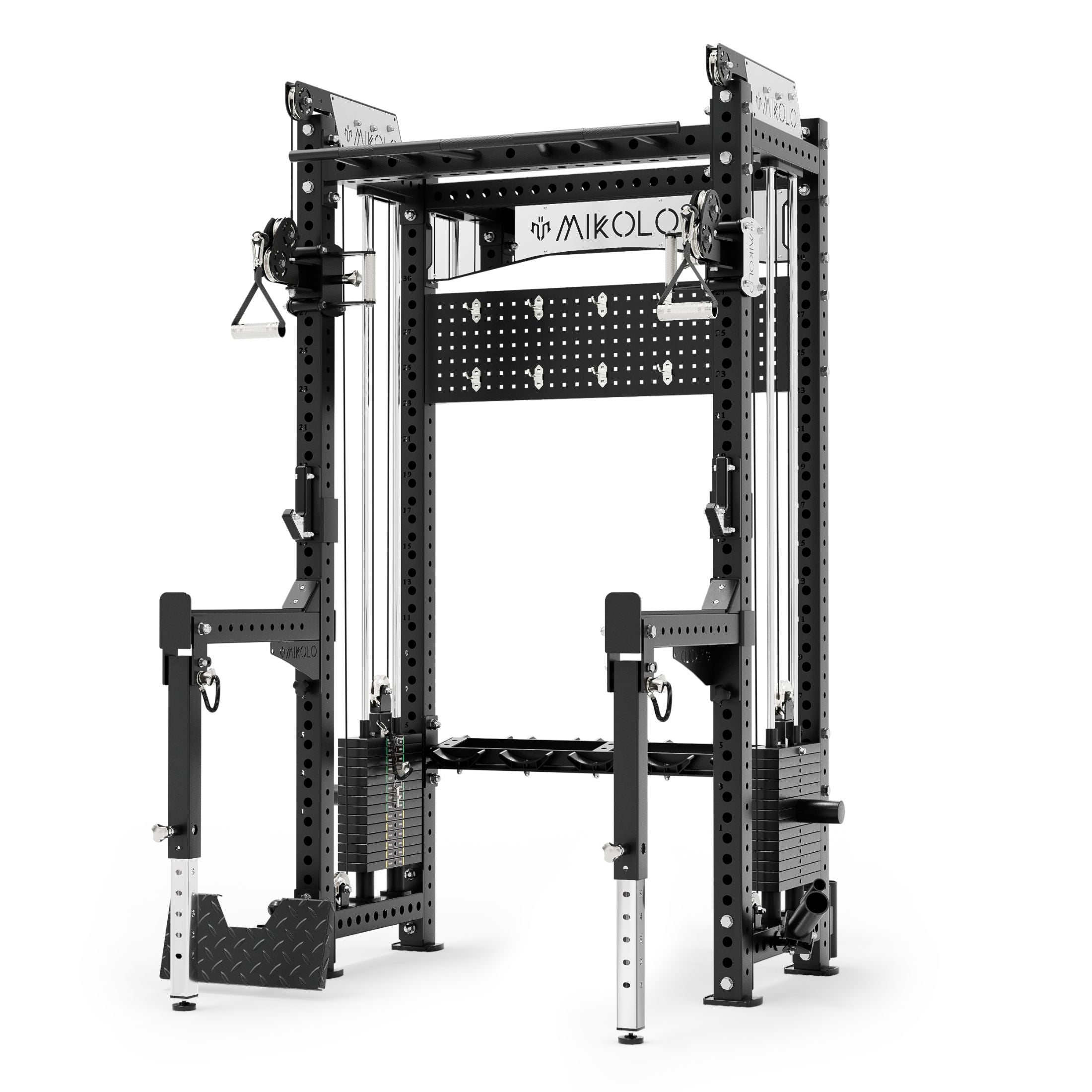




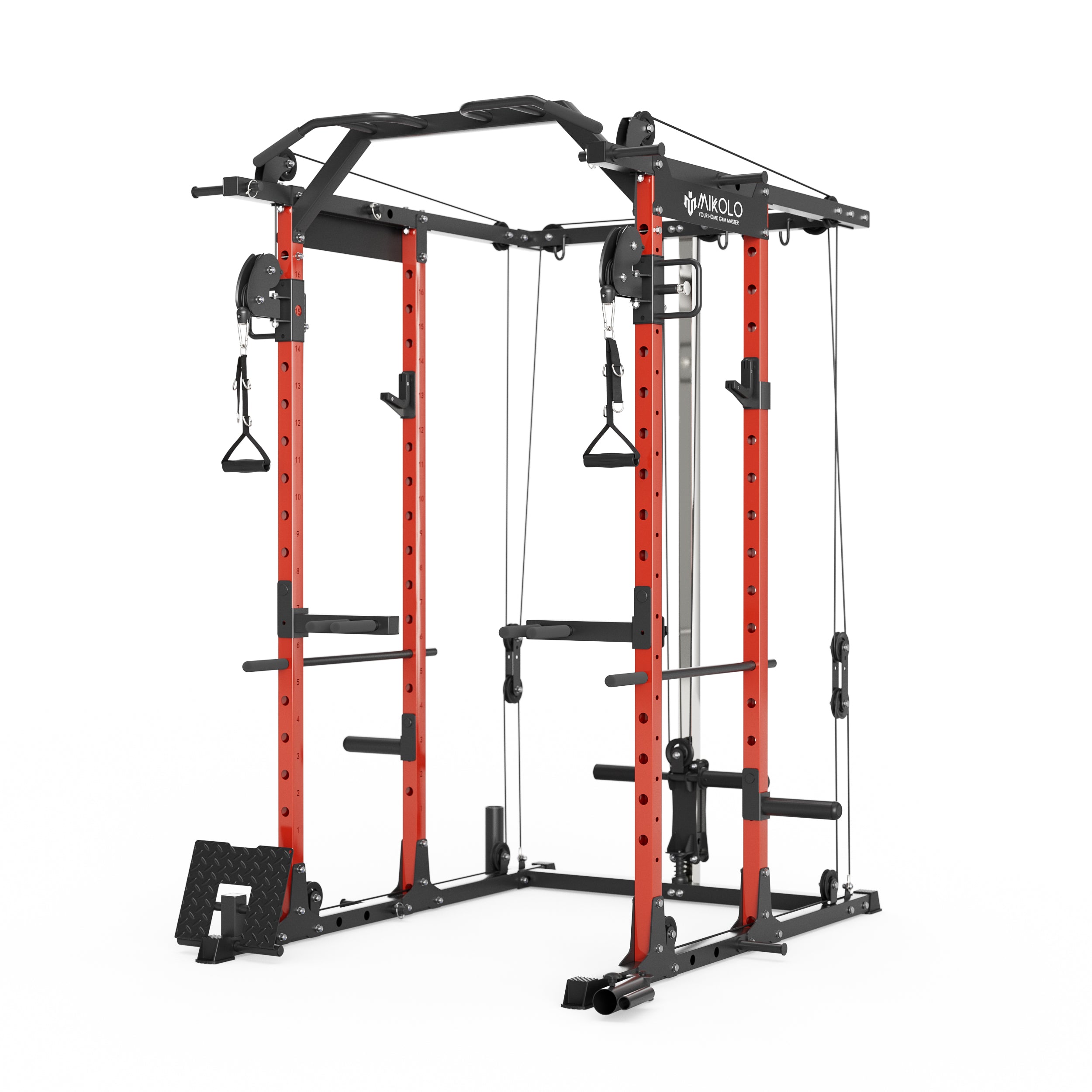
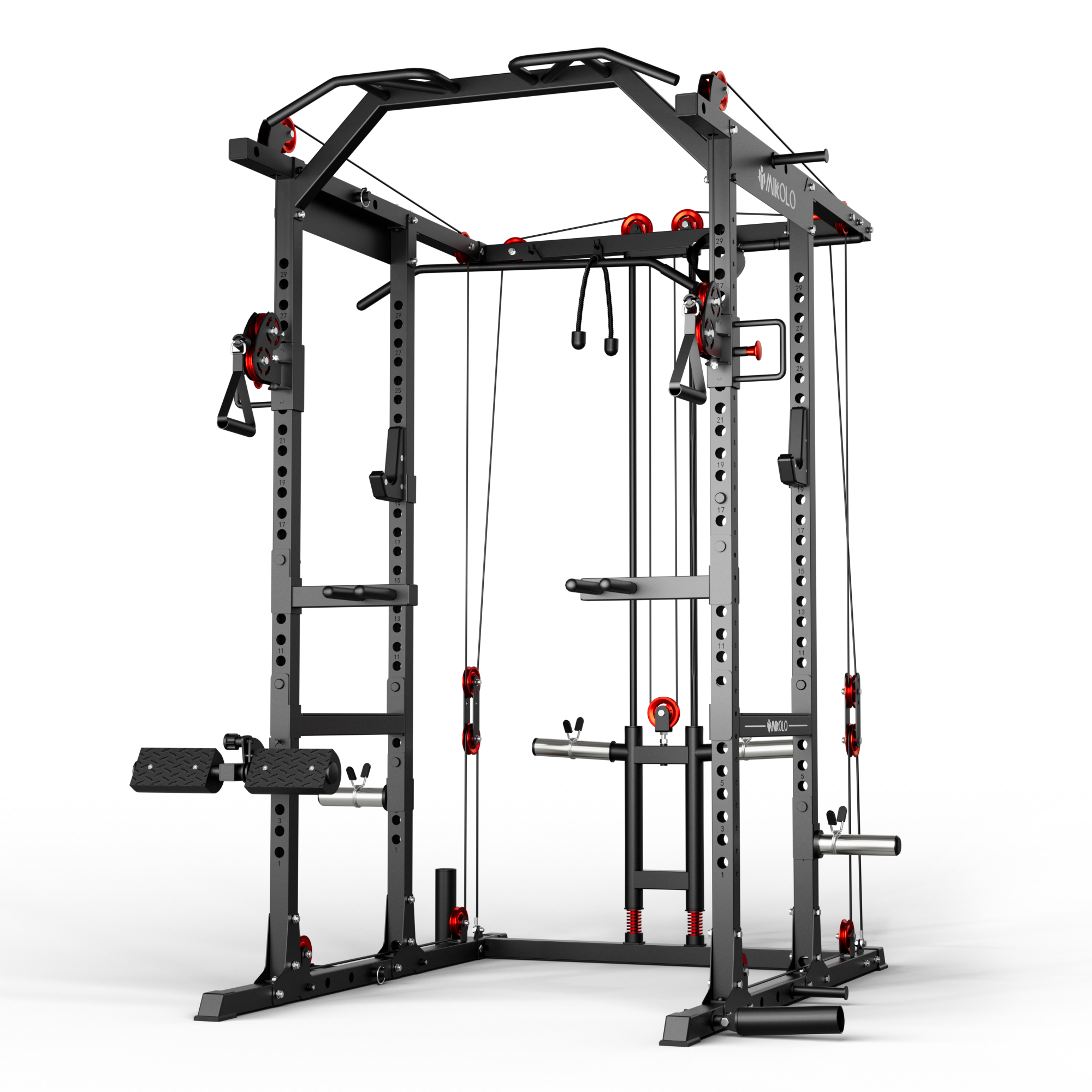

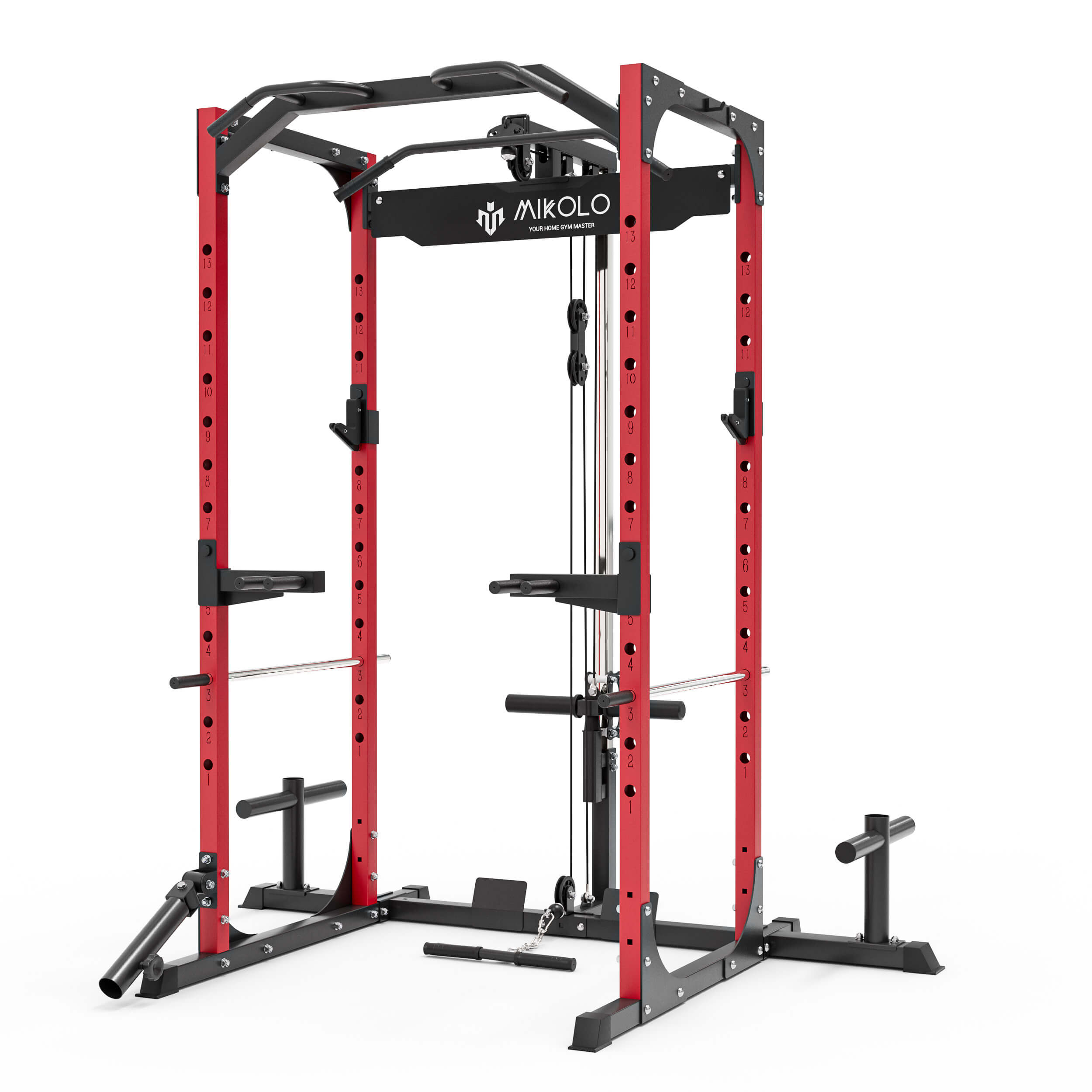



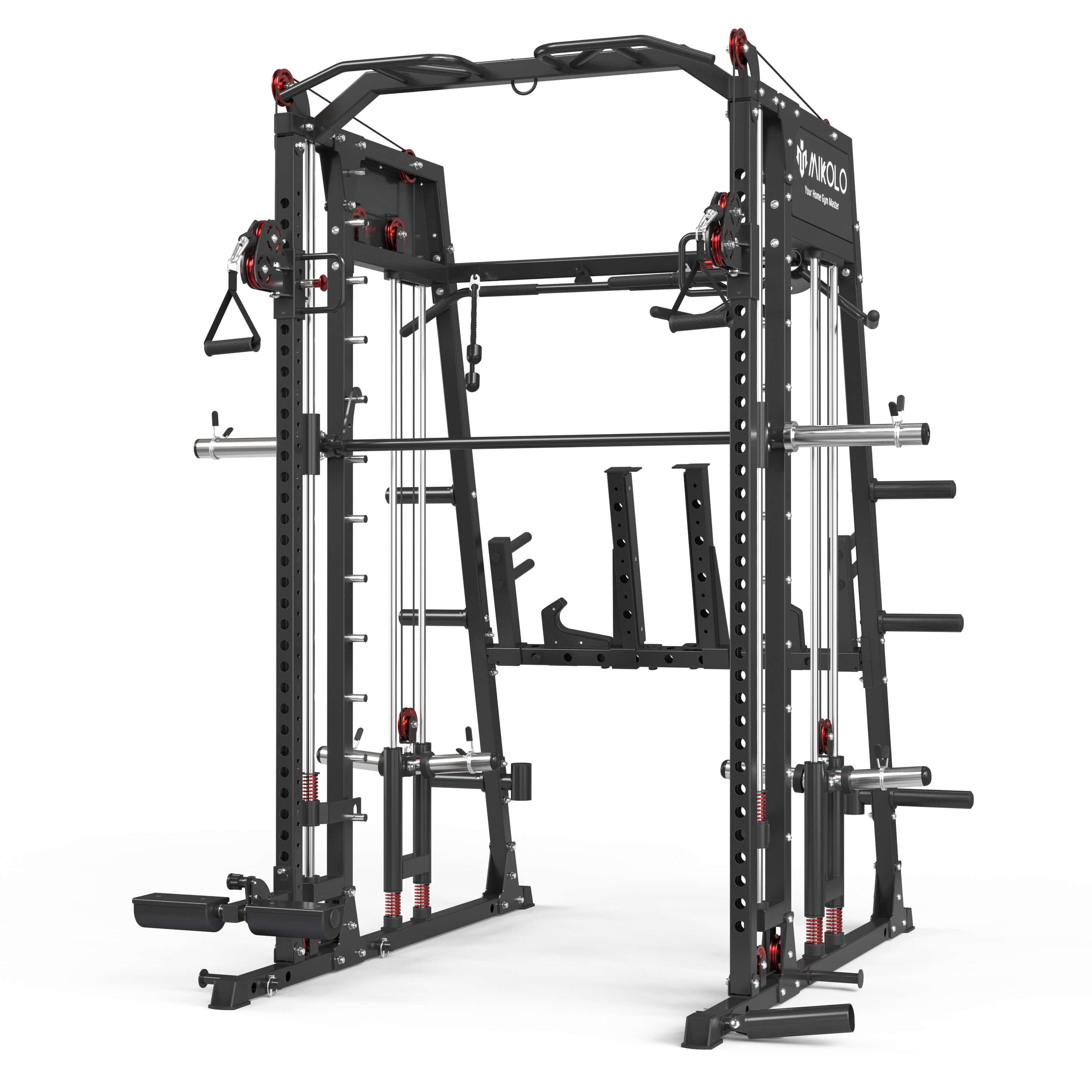

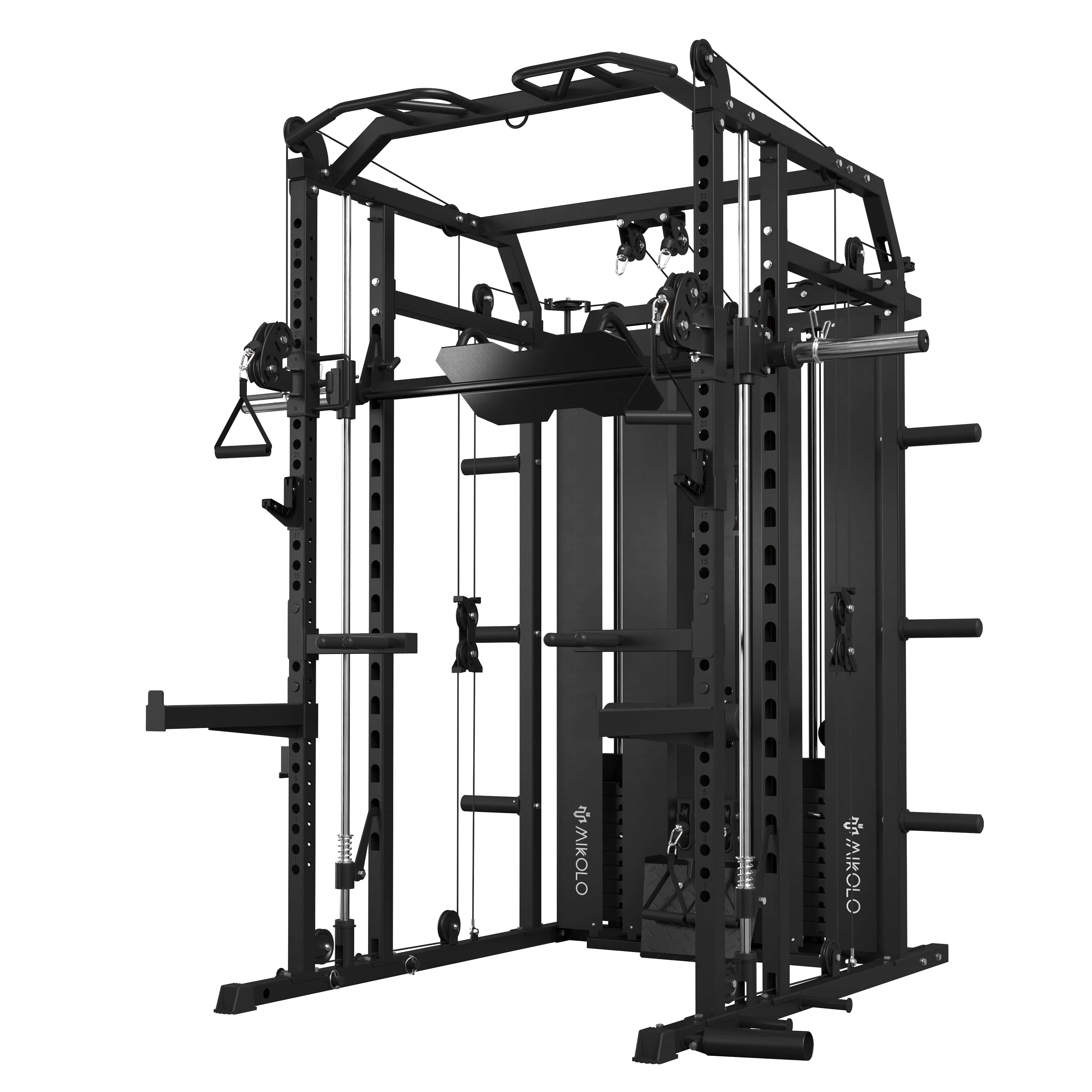
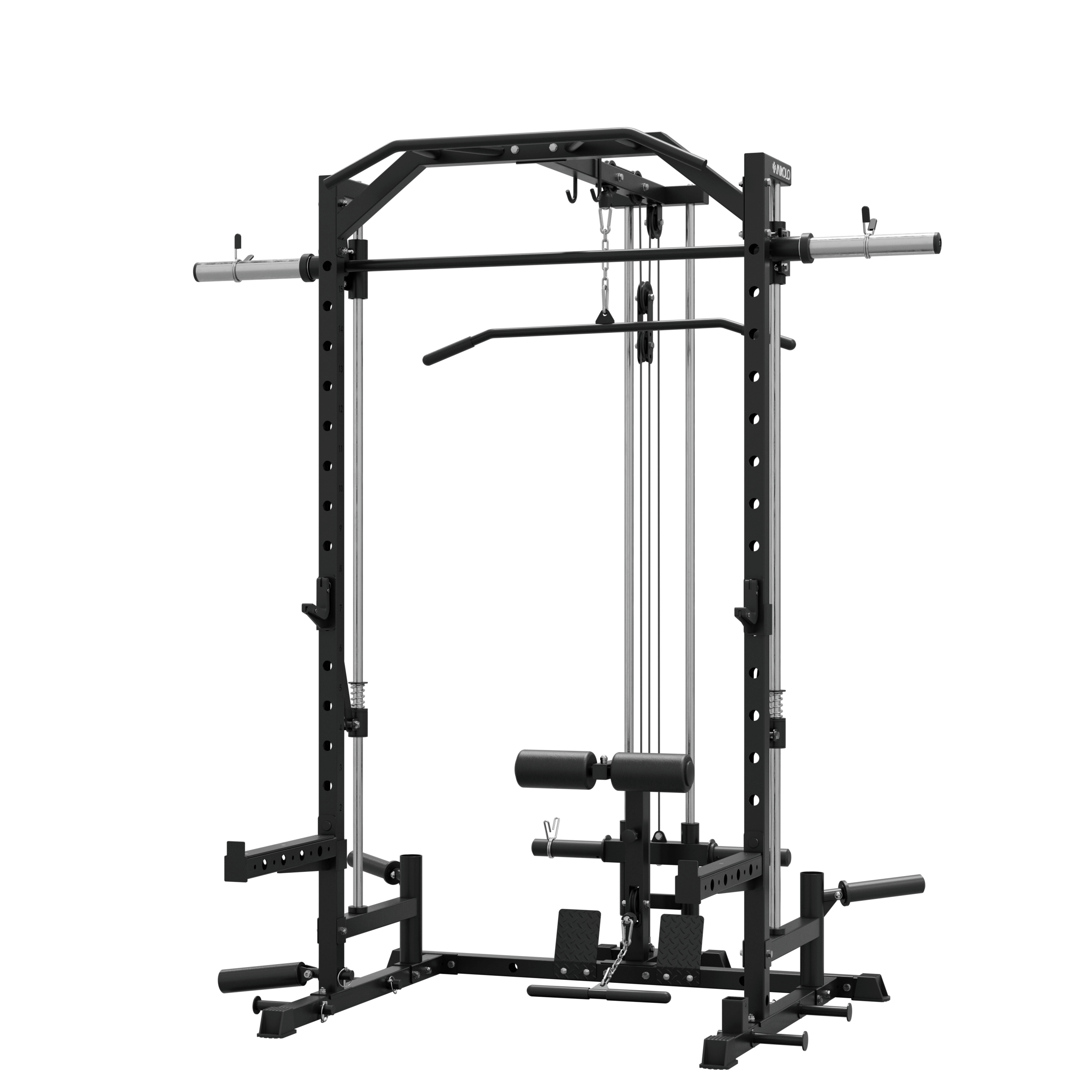
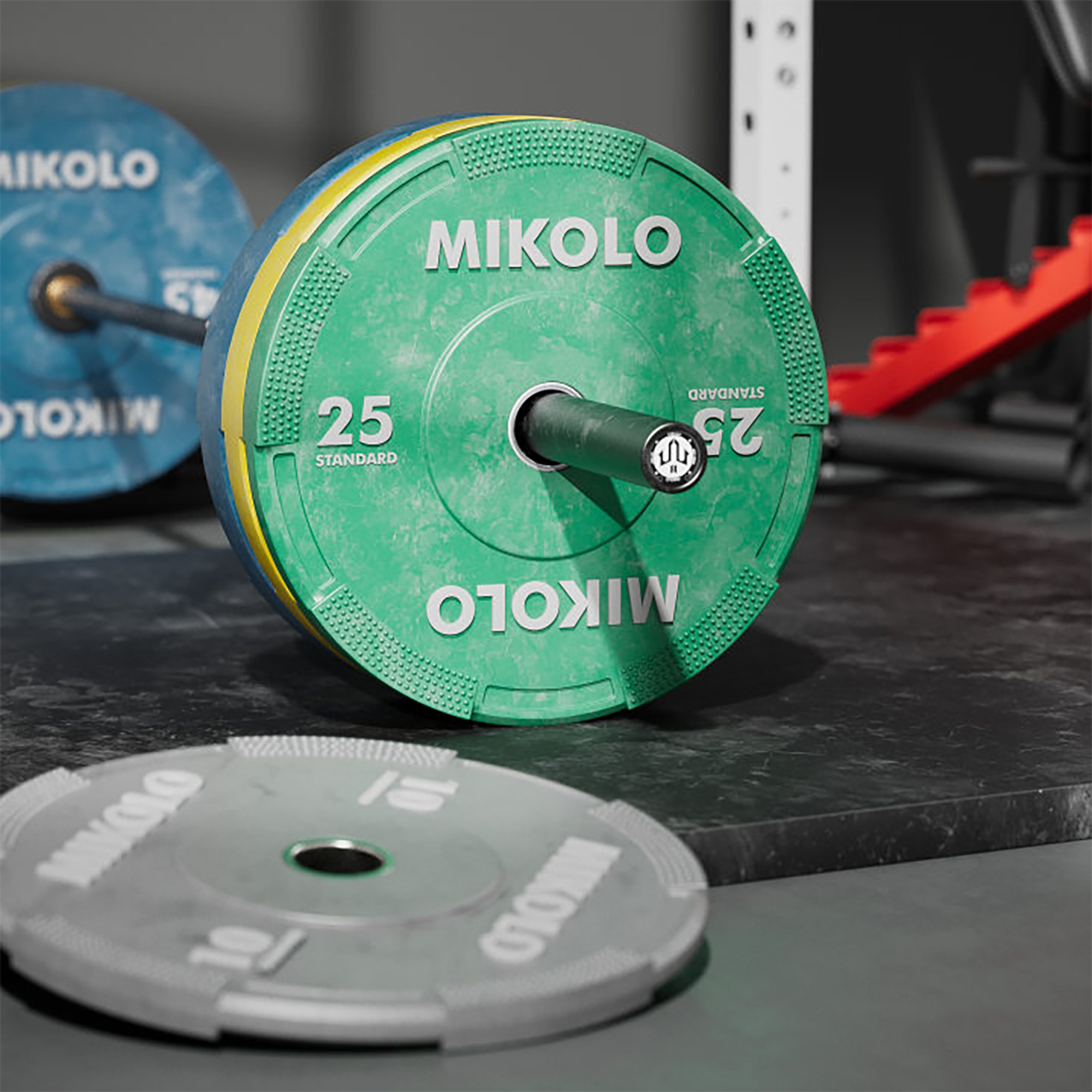






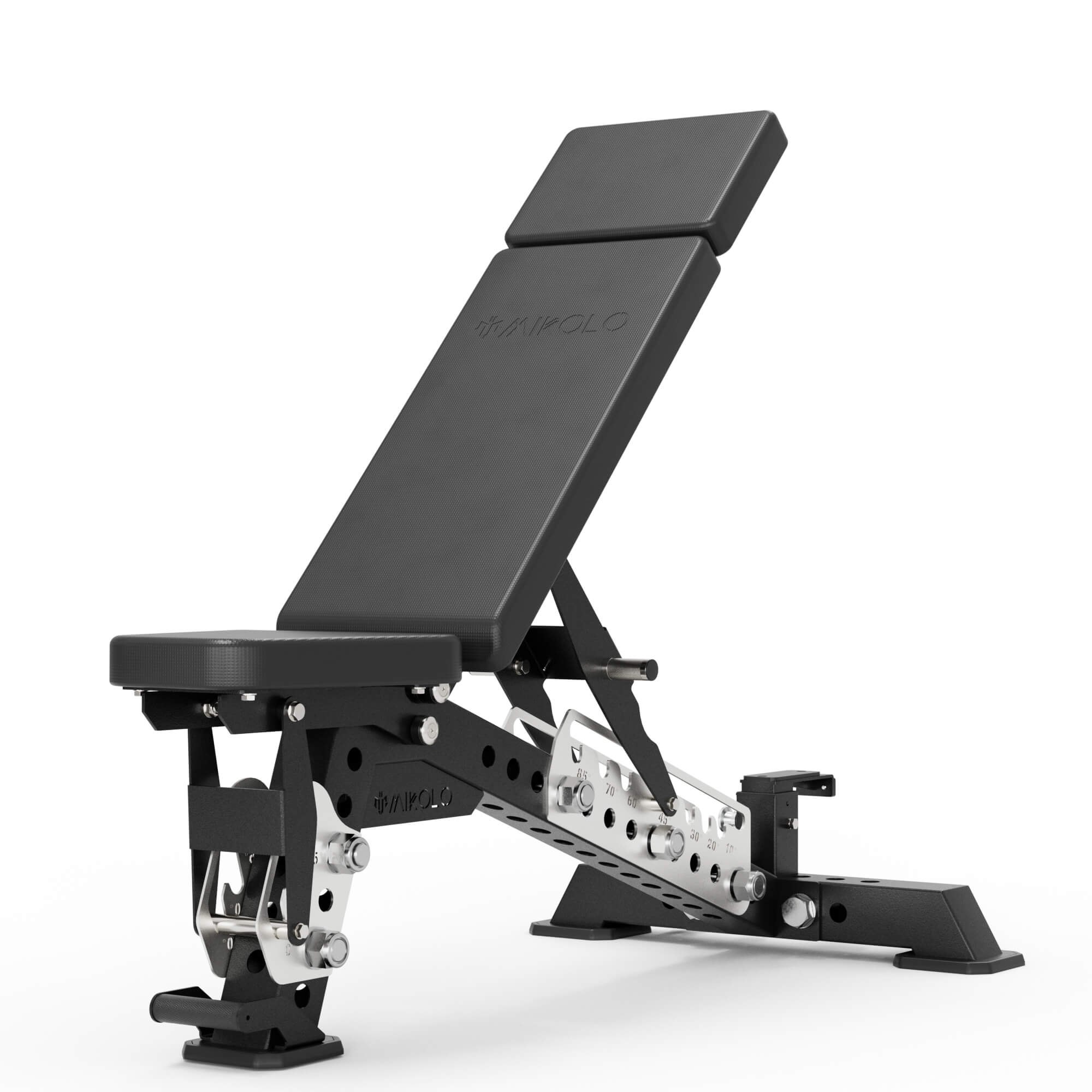
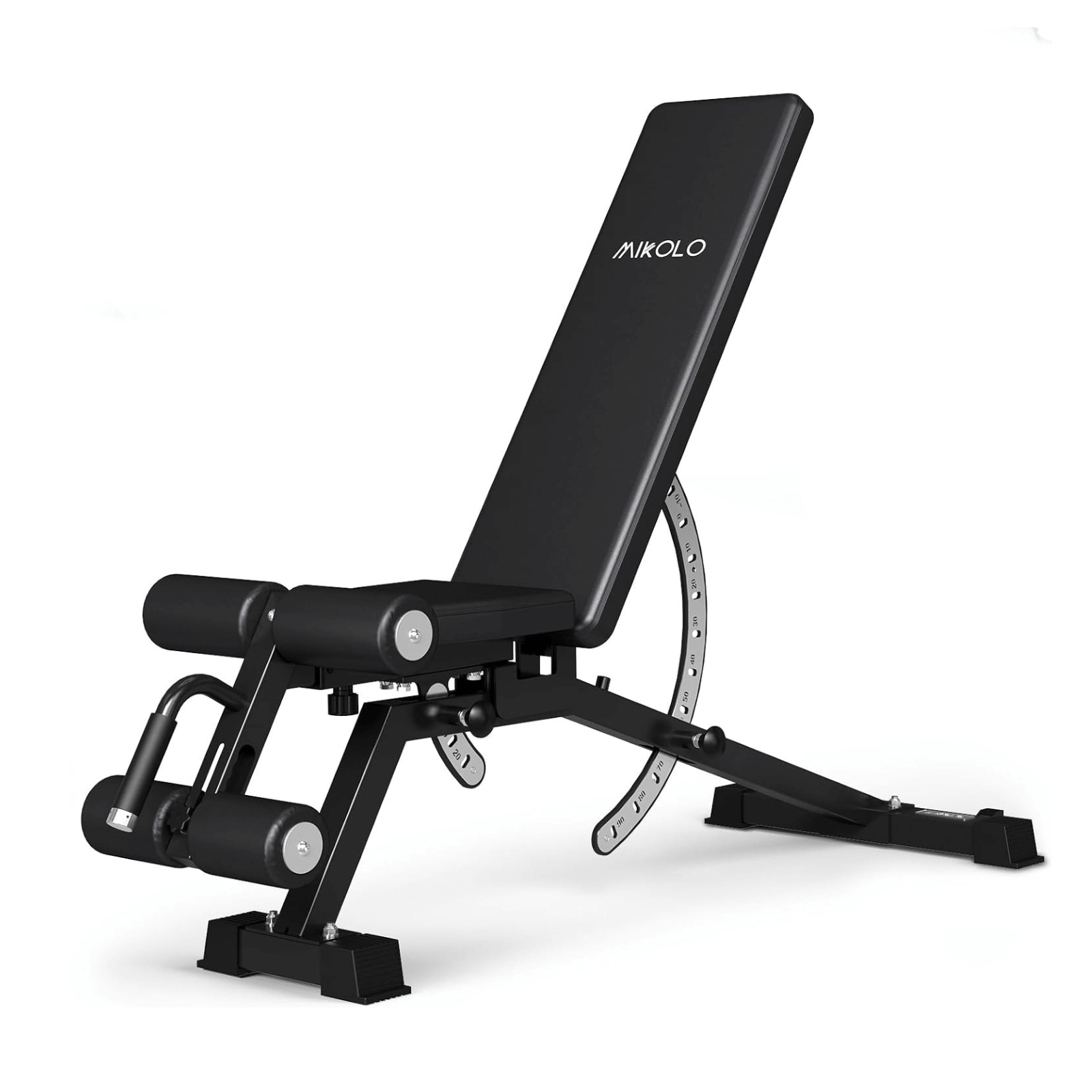




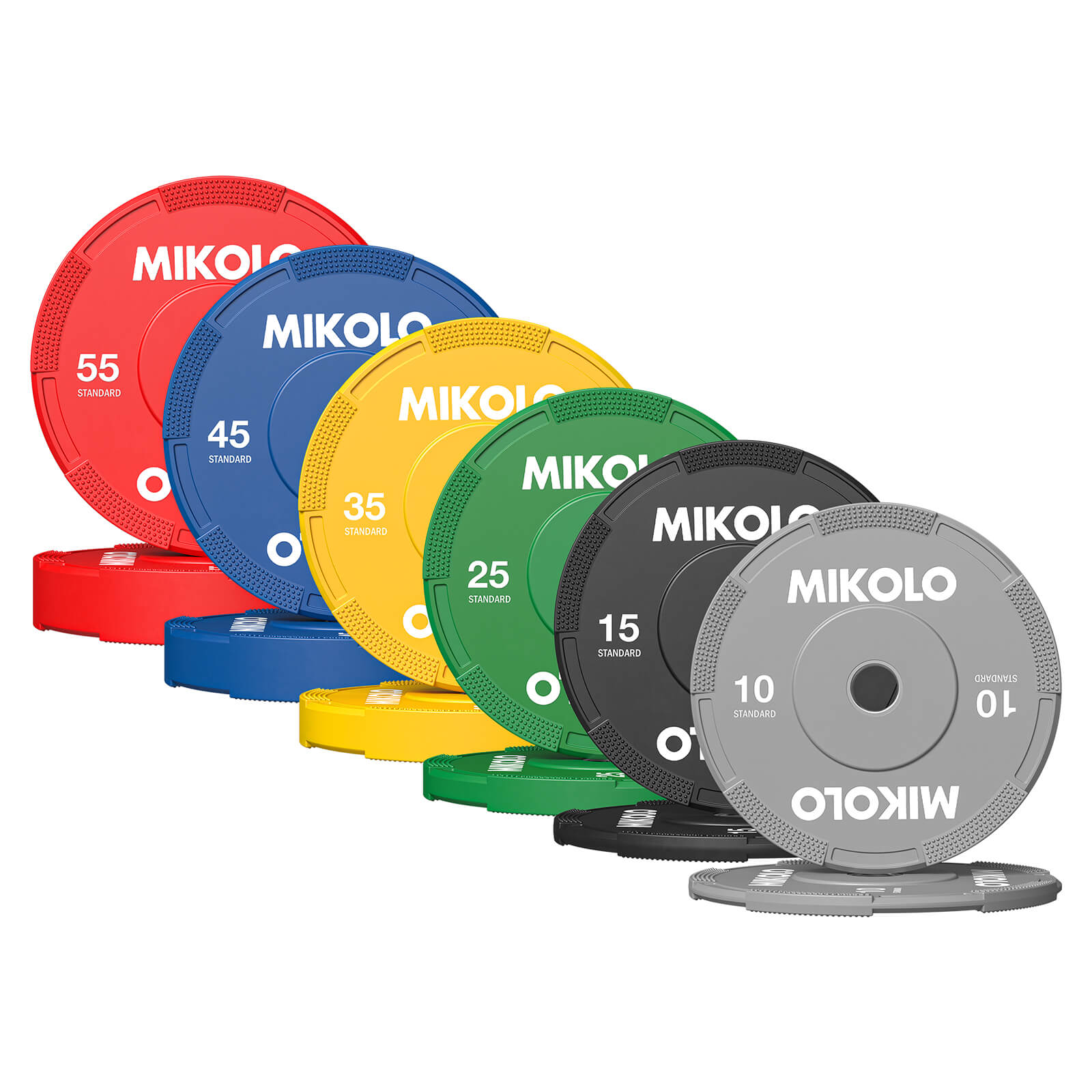
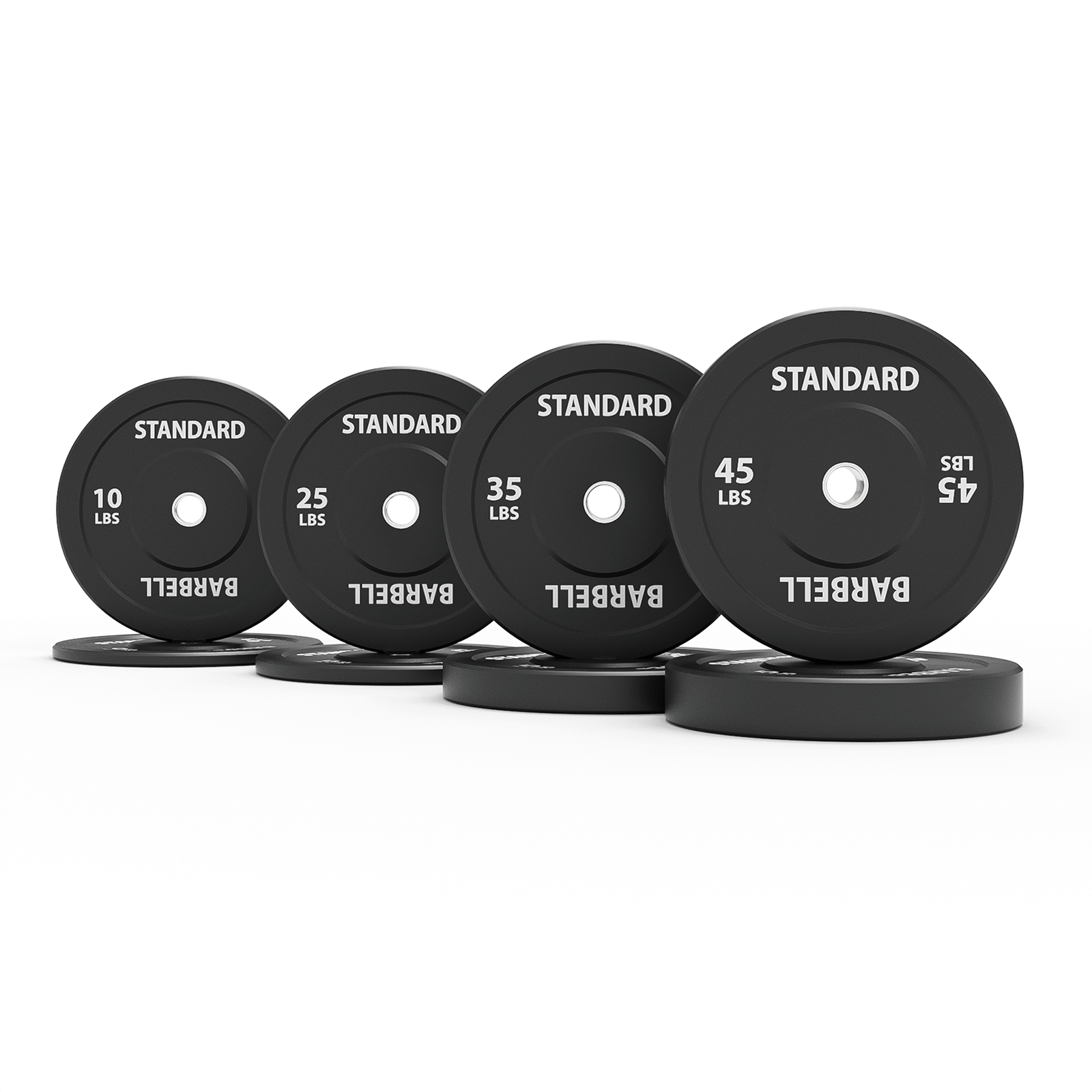
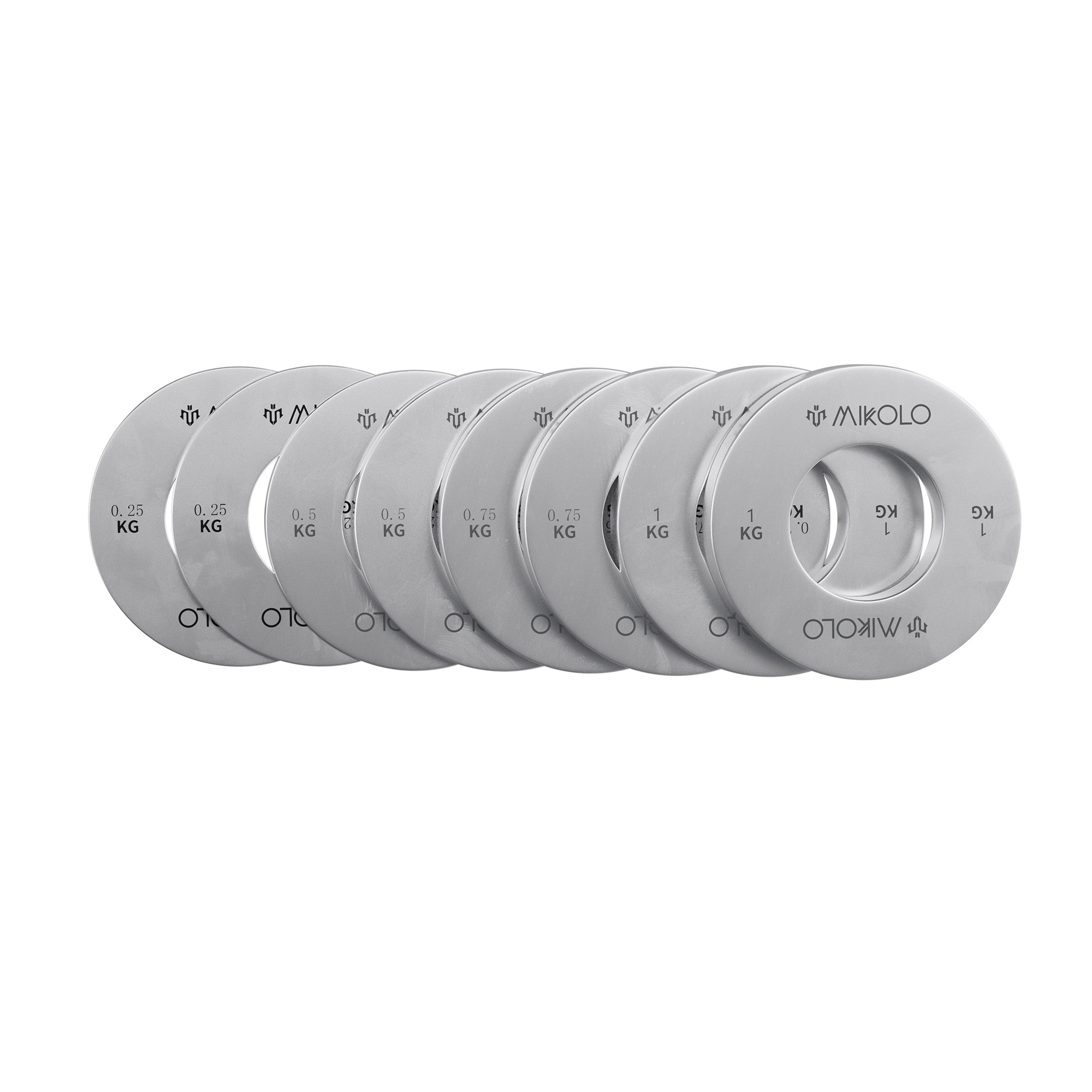
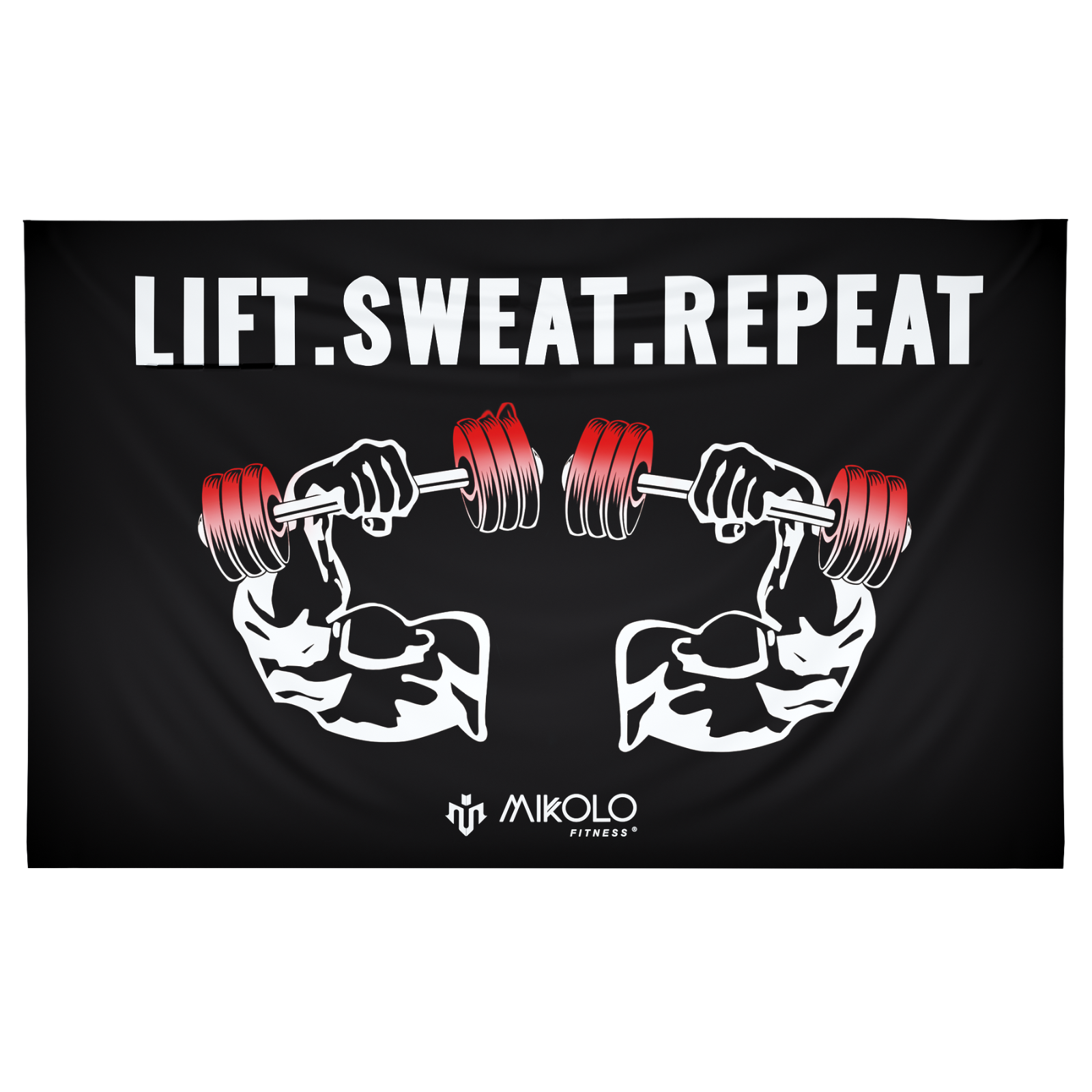
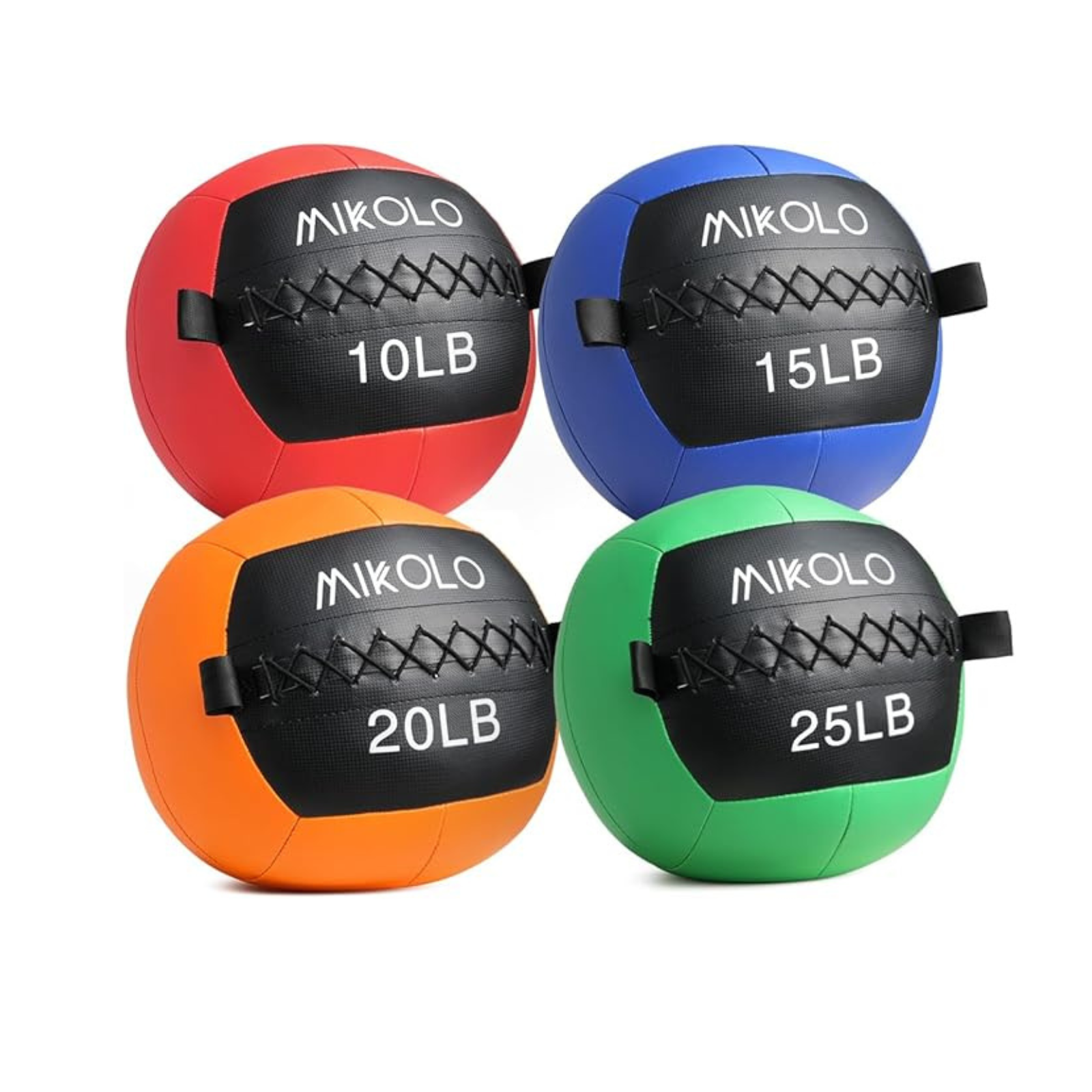


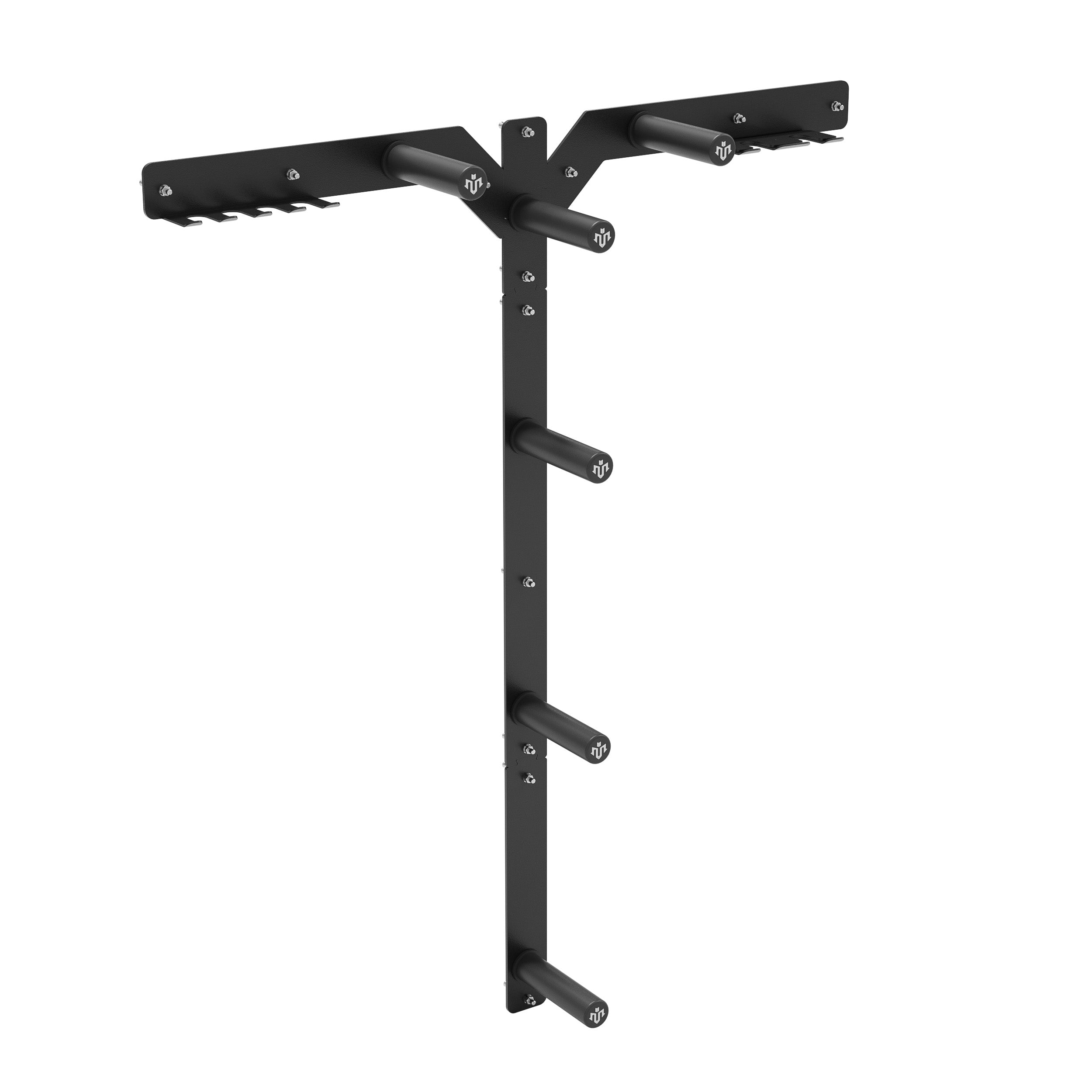




Leave a comment
This site is protected by hCaptcha and the hCaptcha Privacy Policy and Terms of Service apply.